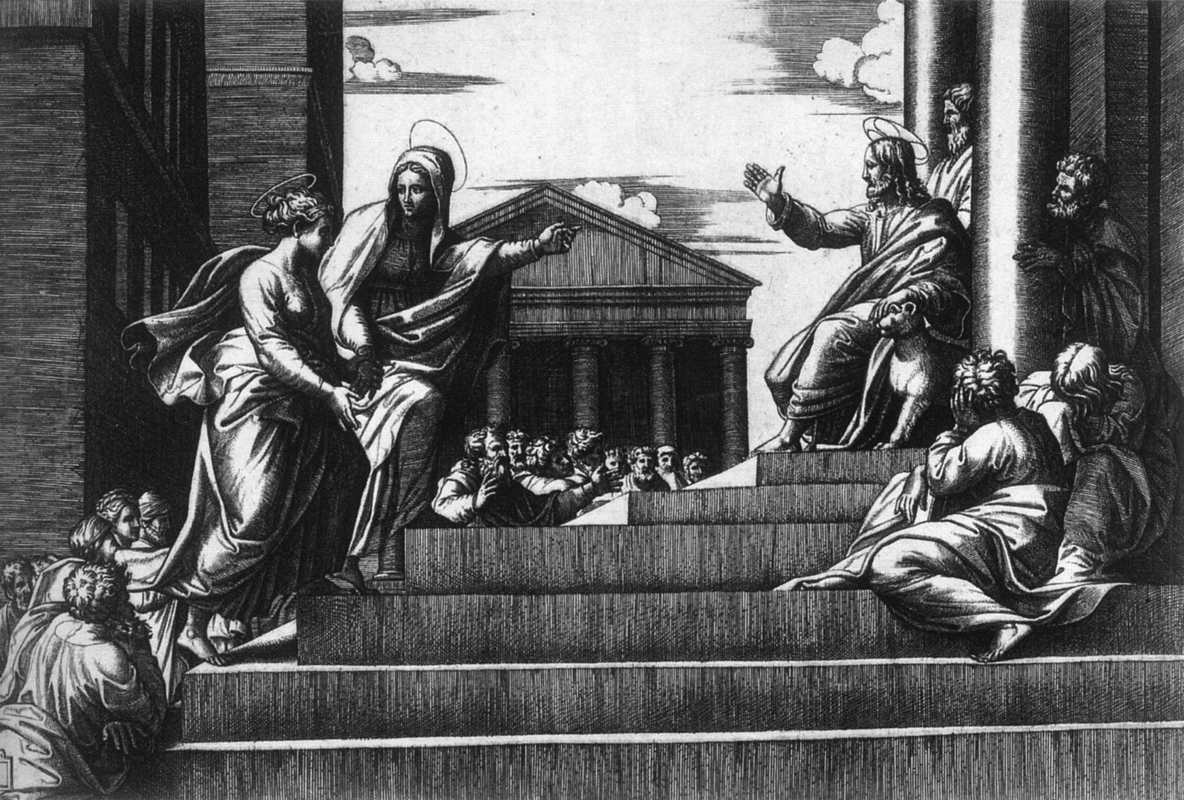Temple Christology
So I’ve been reflecting on N.T. Wright’s claim that Christology should properly begin with an understand of the Temple as the initial place of God’s dwelling on earth, of the union of heaven and earth (I believe this is in Simply Jesus, but I don’t have it in front of me right now).
In Jesus, as John reports, we have God taking on flesh and tabernacling among us (John 1:14). John is indicating the return of a portable dwelling of God among his people just as the first Tabernacle was for the Israelites.
I’m currently working on a sermon on John 3:1-21 which covers Nicodemus’ visit to Jesus and the famous “For God so loved the world…” statement.
But sandwiched in-between these are two “Son of Man” statements (vv 13-14) which echo a previous “Son of Man” statement by linking this figure to the theme of ascending and descending (John 1:51 where Jesus alludes to Jacob’s Ladder).
Where is Jesus?
In support of his own authority to teach about heavenly things Jesus says, “No one has ascended into eaven, but He who descended from heaven; the Son of Man.”
This statement makes it sound like Jesus has already ascended again into heaven (“has ascended into heaven”) even though he is currently still on earth speaking this statement. So what is up?
Solution #1
The greek word for “but” (ei me) in the second clause should be taken as “except” so as to claim that only the Son of Man has come down and will return. But this does not follow the normal usage of ei me, especially in the flow of the sentence.
Solution #2
Some say the author is here adding a clarifying statement about the person of Jesus, that he indeed is God who descended from heaven and ascended again, setting Jesus apart from all others. But this doesn’t really work because all the verbs and linking words hold the statement of Jesus together from v. 11 to v. 15 (they all seem to be part of Jesus’ “Truly, Truly…” statement).
The problem is that both solutions argue from the “obvious fact” that Jesus is not in heaven, and so thereore there is a problem here that needs to be solved.
But I say…
There is no problem here if we think of Jesus as the place in which “heaven and earth” overlap.
Jesus’ ascending to and descending from heaven is the very nature of he being (both pre-/post-incarnation) because he is the dwelling place of God as the enfleshed tabernacle.
In other words, being the temple of God, Jesus describes himself as both in heaven (ascended) and on earth (descended) without contradiction or paradox.
This kind of temple Christology seems to be the proper place from which to elaborate the more classical themes of the two natures of Christ.
Convinced? Or no? Let me know.



2 replies on “Christology of the Temple: in Heaven and on Earth”
I hope you are right because it’s part of the sermon I’m preaching Sunday. Hm….
I want to encourage your readers to consider my book “Heaven on Earth: Experiencing the Kingdom of God in the Here and Now.” They can read excerpts and unsolicited reviews on Amazon. This book is a game changer. Biblical. theological, and historical; yet, missional, transformational and local-church focused. Scholarly treatment of the subject, but written at a popular level.